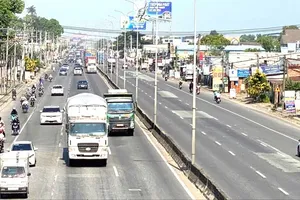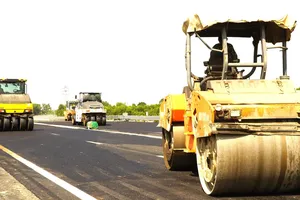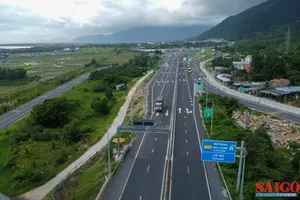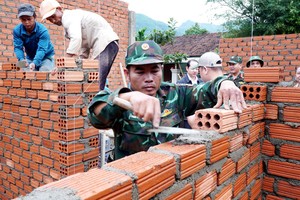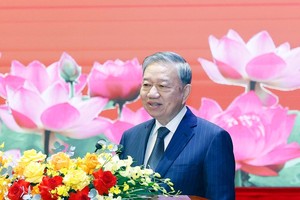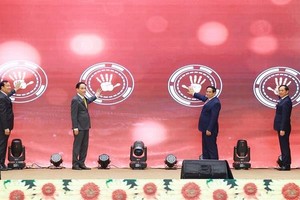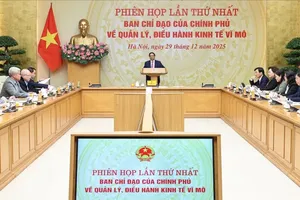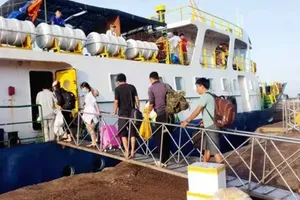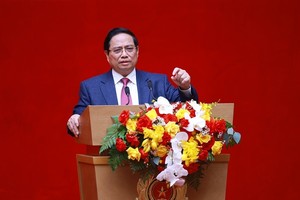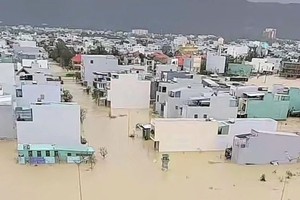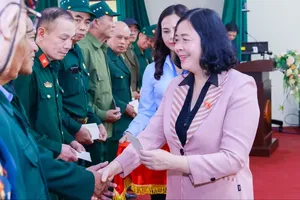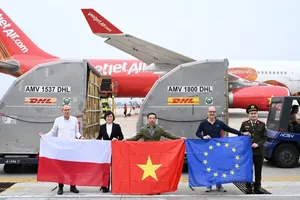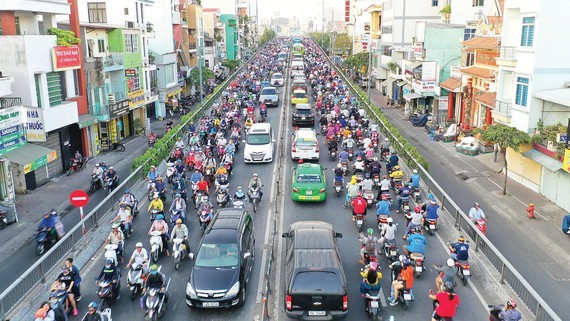
For decades, residents in Hanoi and HCMC have endured serious traffic congestion, especially at peak hour. Other large urban areas in the country are forecast to face the same situation in the near future.
As a result, the Government has introduced Resolution No.48/NQ-ND on enhancing traffic order and safety and combating traffic congestion from 2022-2025. Some main details include the limit or stop of motorbike traffic in certain areas after 2030; the implementation of toll collection from motor vehicles in highly congested or polluted areas of major cities as a method to limit the quantity of these vehicles.
Director of the Hanoi Transport Department Vu Van Vien stated that his organization has applied a series of motorbike zoning solutions like limiting the motorbike registration in certain districts, supporting people by purchasing old motorcycles less than 10 years old, and piloting the ban on motorbike traveling at peak hour from Monday to Friday.
HCMC People’s Council has approved the project to promote public transport, along with stricter control on private motor vehicles. The city has also agreed with mobilizing social resources in researching for the best way to collect toll of automobiles in and out of its downtown. In particular, from now until 2030, HCMC is going to gradually increase public transport capacity to serve residents and add a new environmental pollution fee, plus motorbike zoning corresponding to local traffic infrastructure.
Seeing that public transport is the key to limit private ones and address congestion, major cities like Hanoi and HCMC are face with a challenge of limited traffic facilities to answer the need of such a dense population. In fact, they can afford only 15 percent of the real need, while the requirement is 40 percent.
Experts in the field commented that asynchronous investments in traffic infrastructure and a low priority on public transport development cannot help large cities reduce the quantity of private vehicles.
In Hanoi, for instance, the traffic planning shows 10 routes of urban rails, yet right now only one, namely Cat Linh – Ha Dong Route, is in operation. Others are mostly behind schedule. Vice Chairman of Hanoi People’s Committee Duong Duc Tuan admitted that it takes around 8-10 years to finish one urban rail, which is unacceptably slow.
The metro route in HCMC shares the same fate as 15 years have passed but the construction project is still on the way to be completed in 2025.
Head of the Transport and Development Strategy Institute Le Do Muoi commented that only when the traffic facilities are sufficient to satisfy the public needs can the policy to ban motorbike use in inner cities be adopted.
Dr. Vu Anh Tuan from Transport Research Center of Viet Duc University agreed with the above viewpoint, saying that public transport projects must be at top priority to have a means for private vehicle use limitation.
Dr. Pham Viet Thuan from the Institute of Economics Environmental and Resources stated that it is necessary to consider methods for private automobile use limitation in inner cities as well to reduce emissions and eliminate congestion. This can be done via fee collection for vehicles in and out those areas.
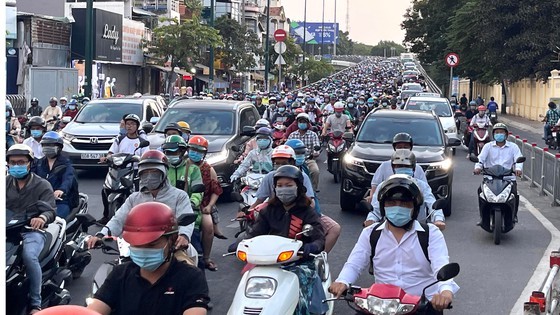
To fulfill the second goal, Deputy Minister of Transport Le Dinh Tho informed that his ministry is cooperating with Hanoi and HCMC in developing urban traffic planning, focusing on long-term upgrades of public transport. This planning is the foundation to mobilize current resources, especially land one, to introduce elevated railway, subway, bus rapid transit (BRT), regular bus. Propaganda campaigns will be launched to raise the public awareness about public transport use.
At present, exhaust fumes from vehicles reach 33.2 million tonnes, accounting for 19.3 percent of the yearly total. Therefore, limiting private vehicle use and promoting public one are a must to ensure Vietnam’s commitment at COP26, bringing net emissions to zero in 2050.
Another useful method is to switch from fossil fuel vehicles to those using more environmentally friendly power such as electricity, biofuel (hydrogen, ammonia), synthetic gasoline.
The Transport Ministry has also asked Vietnam Register to finish the software to examine emission following new standards for regular checking of all motor vehicles in the near future in accordance with the draft Road Traffic Law (amended).

